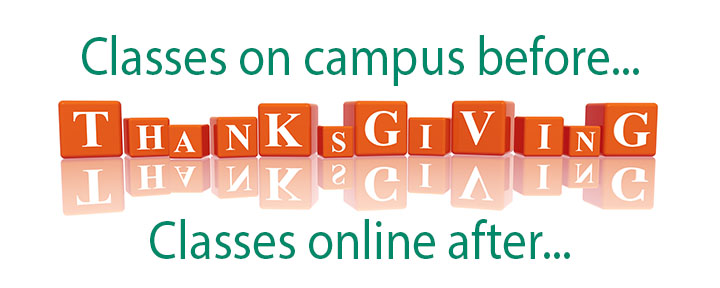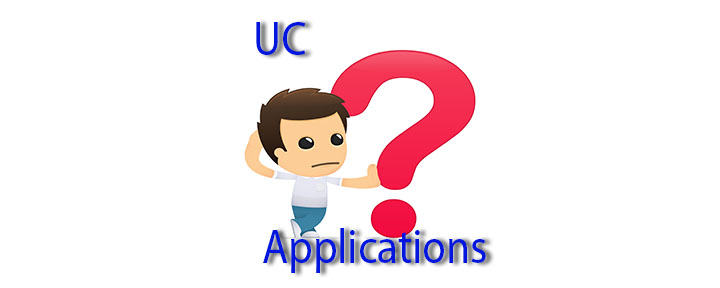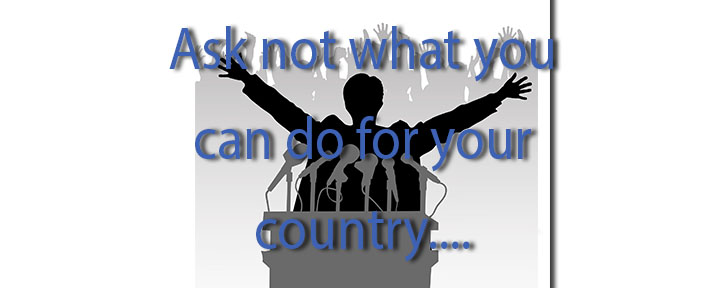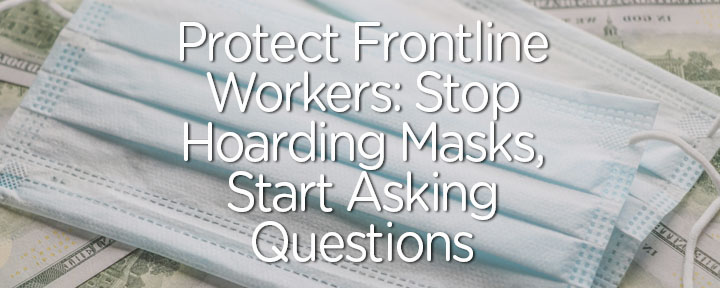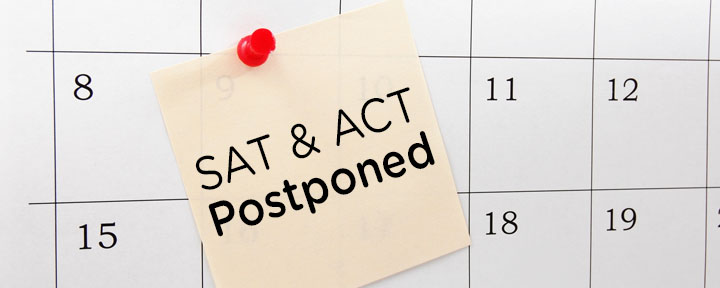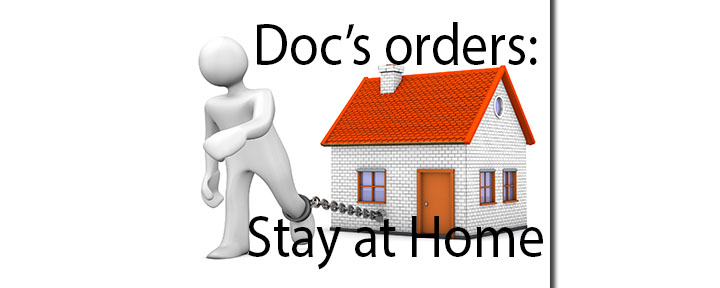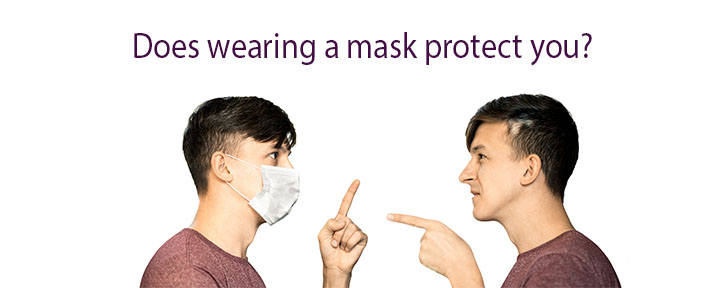
Now that wearing a mask in public is required in California and other states, we’re hearing all kinds of misinformation about the effectiveness of masks with viruses. My daughter Nicole (an ER doctor) sent me a post written by Dr. Sam Laucks, a surgeon, who definitively answered questions.
I’ve streamlined the Q&A here:
1. Do masks protect me from getting sick?
I have spent the past 39 years working in the field of surgery. For a significant part of that time, I have worn a mask. I have worked with hundreds (probably thousands) of colleagues during those years, who have also worn masks. Not a single one us of became ill, passed out or died from lack of oxygen. Not a single one of us became ill, passed out or died from breathing too much carbon dioxide. Not a single one us of became ill, passed out or died from rebreathing a little of our own exhaled air. Let’s begin here by putting those scare tactics to rest!
2. Wearing a mask for people with advanced lung diseases can make it difficult for them to breathe. What should they do?
It is true that some people, with advanced lung diseases, may be so fragile that a mask could make their already-tenuous breathing more difficult. If your lungs are that bad, you probably shouldn’t be going out in public at the present time anyway; the consequences if you are exposed to Covid-19 would likely be devastating.
3. Can’t viruses go right through the mask because they are so small? Masks keep viruses out just as well as a chain link fence keeps mosquitoes out,” some tell us.
It is true that individual virus particles can pass through the pores of a mask; however, viruses don’t move on their own. They do not fly across the room like a mosquito, wiggle through your mask like a worm, or fly up your nose like a gnat. The virus is essentially nothing more than a tiny blob of genetic material. Covid-19 travels in a CARRIER – the carrier is a fluid droplet- fluid droplets that you expel when you cough, sneeze, sing, laugh, talk or simply exhale. Most of your fluid droplets will be stopped from entering the air in the room if you are wearing a mask. Wearing a mask is a very efficient way to protect others if you are carrying the virus (even if you don’t know that you are infected). In addition, if someone else’s fluid droplets happen to land on your mask, many of them will not pass through. This gives the wearer some additional protection, too. But, the main reason to wear a mask is to PROTECT OTHERS. Even if you don’t care about yourself, wear your mask to protect your neighbors, co-workers and friends! A mask is certainly not 100% protective. However, it appears that the severity of Covid-19 infection is at least partially “dose-dependent.” In other words, the more virus particles that enter your body, the sicker you are likely to become. Why not decrease that volume if you can? “What have you got to lose?!”
4. Doesn’t a requirement or a request to wear a mask violate my constitutional rights?
You’re also not allowed to go into the grocery store if you are not wearing pants. You can’t yell “fire” in the Produce Department. You’re not allowed to urinate on the floor in the Frozen Food Section. Do you object to those restrictions? Rules, established for the common good, are component of a civilized society.
5. Aren’t masks uncomfortable?
Some would say that underwear or shoes can be uncomfortable, but we still wear them. (Actually, being on a ventilator is pretty darned uncomfortable, too!) Are masks really so bad that you can’t tolerate them, even if they will help keep others healthy?
6. Won’t people think I’m a snowflake or a wimp if I wear a mask?
I hope you have enough self-confidence to overcome that.
7. I never get sick; I’m not worried.
Well, then, wear a mask for the sake of the rest of us who are not so perfect!
8. Will wearing a mask help stop the COVID-19?
There is good evidence that masks make a real difference in diminishing the transmission of Covid-19. Please, for the sake of others (and for the sake of yourself), wear your mask when in public. It won’t kill you!
And, by the way, please be sure that BOTH your nose and mouth are covered! Recommendations around mask usage are confusing. The science isn’t. Evidence shows that masks are extremely effective to slow the coronavirus and may be the best tool available right now to fight it.
So there you have it! If a surgeon of 39 years believes that wearing a mask can protect us from spreading the coronavirus and dying from COVID-19, I’m in. I have a dozen masks that I’ve stashed everywhere so I always have a clean mask ready. This is a really easy thing for each of us to do.


